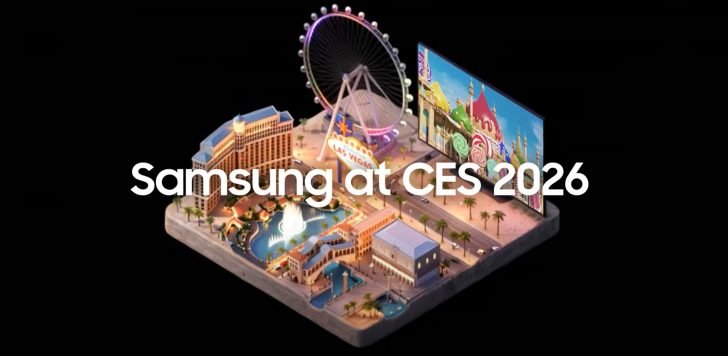Ahead of February 10 2022, when the latest Galaxy products are set to be launched, expectations for what’s next in smartphone innovation have been growing. Samsung Electronics has consistently been setting the bar for the industry with its latest models unveiled at every Unpacked event, and this year is set to be no different.
Samsung has been leading the industry by introducing hardware (HW) and software (SW) that break the existing mold every year for the past 12 years since the unveiling of the first Galaxy S device in 2010. Some of the most game-changing so far include a large-screen smartphone with excellent immersion; a smartphone-stylus combination that enhanced productivity and creativity; and the world’s first dual-pixel camera technology. In addition, the Galaxy Note series, Galaxy tablet series and various wearable devices including Galaxy Watch and Galaxy Buds have contributed to the wider Galaxy ecosystem that has so transformed user’s lifestyles.
Ahead of the Galaxy Unpacked event set for February 10, Samsung Newsroom is providing a look back at the technological legacy of the Galaxy series. Read on to learn more about the 10 innovative Galaxy smartphone technologies that have set new standards and transformed the way we live our lives.
#1. 2010
The AMOLED Display: Bigger Is Better

One of the major benefits of a smartphone is that it allows users to enjoy content on a large screen with clear picture quality that sits right in the palm of their hand. Samsung kicked off the trend of the large screen era in the smartphone industry with the introduction of their AMOLED display. This display, developed using Active Matrix Organic Light Emitting Diode (AMOLED) technology, is characterized by its clear picture quality, self-luminescence and larger screen size.
The Samsung Galaxy S was the world’s first smartphone to be launched with a Super AMOLED display, an ultra-thin screen that consumes less power and provides crisper and more vivid picture quality. With the introduction of the Galaxy S in 2010, users’ interest became piqued in obtaining bigger screens — such as the 4- to 5-inch screens of the AMOLED display compared to the conventional 3-inches on other phones — on which to fully immerse themselves in their favorite content.
Samsung has continued to take its AMOLED technology to the next level by unveiling devices with more powerful and more advanced screens, such as the Galaxy S10, the world’s first mobile device with a High Dynamic Range10+ (HDR10+) supported Dynamic AMOLED display, and the Galaxy S21 series, which features a Dynamic AMOLED 2X display with an automatic refresh rate of up to 120Hz based on the content type. Samsung’s innovative technology has enabled silky-smooth scrolling and uninterrupted viewing experiences, even on larger screens.
#2. 2011
The Galaxy Note and S Pen: Adding Analog Touch to Digital Devices
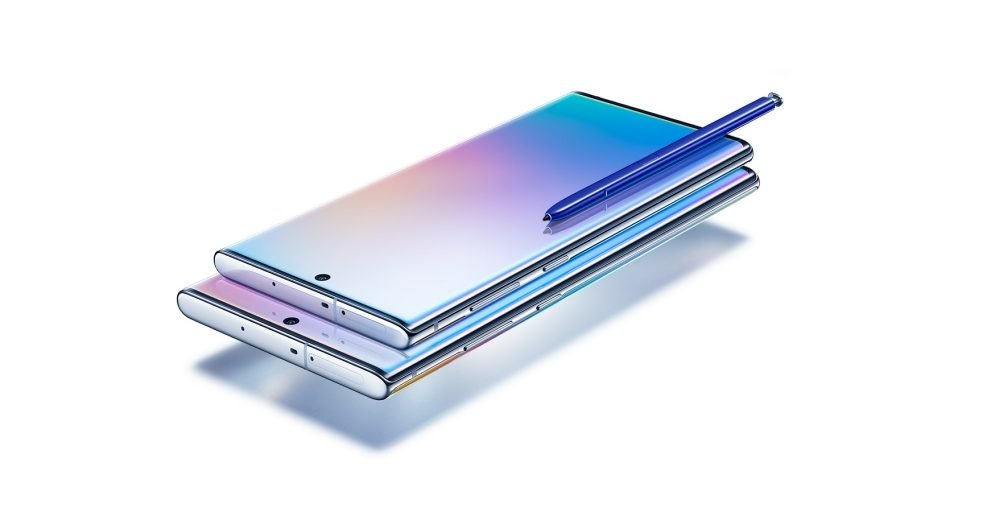
As of 2011, it became no longer necessary to keep notebooks and writing instruments in our bags at all times. With the introduction of the Galaxy Note equipped with S Pen, it is now possible to save and share everything from memos to drawings right on our smartphone’s screen. At that time, the Galaxy Note was launched with an S Pen that supported 256 levels of pressure onto the device’s large screen. Since then, both the Note and the S Pen have become inseparable, and as the series has developed, both have evolved significantly.
For example, Samsung introduced Air Command for the Galaxy Note 3 to give users easy access to signature S Pen features when hovering their S Pen over the screen. The company also then incorporated Bluetooth Low Energy (BLE) technology into the Galaxy Note 9 S Pen so that its stylus pen could also function as a remote control. For the Galaxy Note 10, the addition of Air Action features enabled users to remotely control their device when switching camera modes or zooming in or out, a marked change from previous models which only permitted users to take photos from a distance. In line with this innovative spirit, Samsung introduced the artificial intelligence (AI)-powered S Pen for the Galaxy Note 20 in order to provide users with a more delicate and sophisticated drawing experience, and as of last year, the innovative S Pen is now available on devices such as the Galaxy S21 Ultra and Galaxy Z Fold3 to expand its compatibility.
#3. 2013
Samsung Knox: Your Trusted Mobile Bodyguard
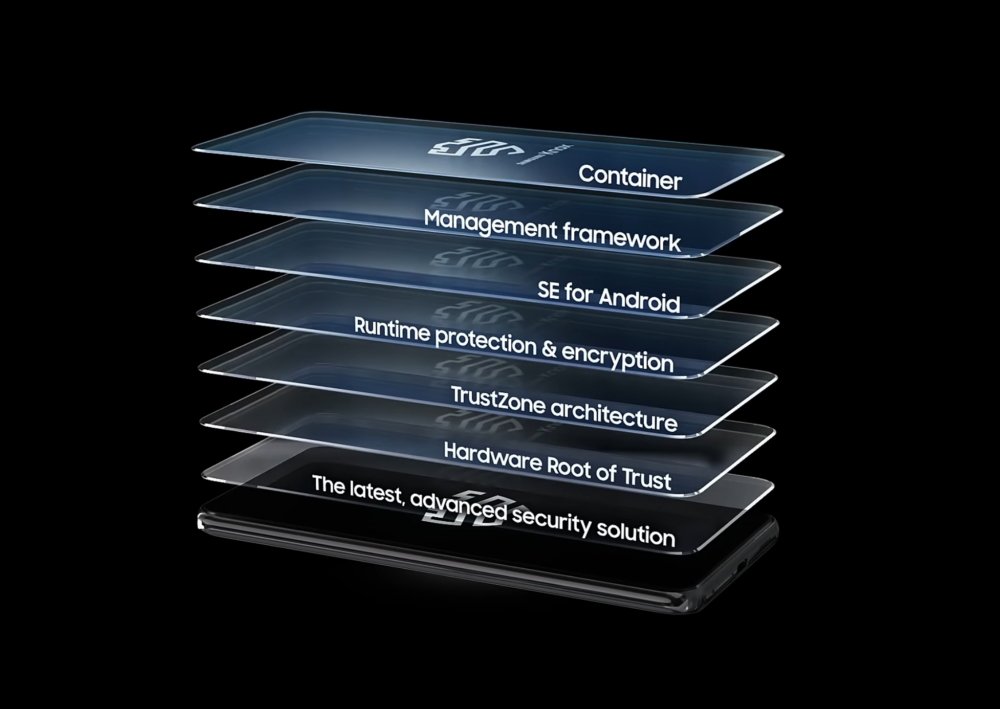
We are now living in the era where most of our daily tasks and experiences can be undertaken all with a singular smartphone, meaning that the importance of security cannot be overemphasized. Samsung Knox has become a reliable shield for users concerned about information leakage or virus penetration.
Samsung Knox, installed on Galaxy devices since the Galaxy Note 3 in 2013, protects devices on a step-by-step basis from the chipset to the operating system (OS) and application level, while also blocking hacking and unauthorized access. In addition, thanks to its encrypted container space, a user’s personal and business data can be separated and managed safely.
In 2021, the company launched Samsung Knox Vault with the Galaxy S21 in order to thoroughly ensure the protection of ever-growing amounts of data. In addition to offering the industry’s highest level of security chipset (eSE, or embedded Secure Element) and a secure processor that prevents HW-level attacks, Samsung Knox Vault features a tamper-resistant security memory to protect a user’s various passwords and biometric information.
#4. 2014
Superb IP Rating: Ultimate Protection From Dust and Water
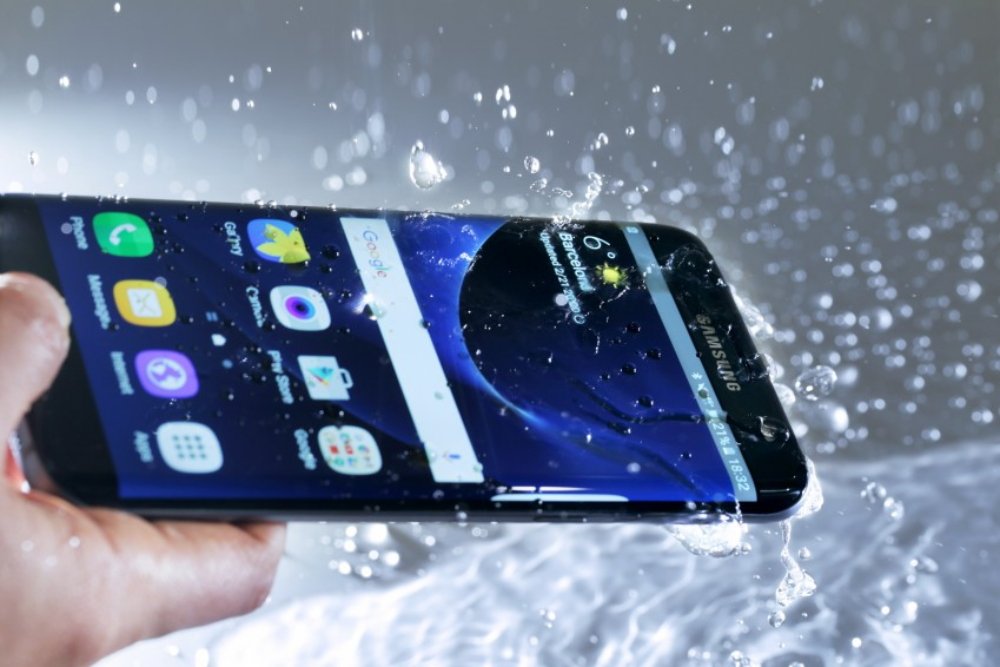
In the early 2010s, if you accidentally dropped your smartphone while using it in water, nothing but despair awaited you. To mitigate this, Samsung expanded the horizon of smartphone experiences by applying waterproof and dustproof functions to the Galaxy S5 for the first time in 2014.
From the Galaxy S7 in 2017 onwards, IP68,1 the highest waterproof and dustproof rating, has been applied to Galaxy devices in order to strengthen their performance. The IP68 rating is given to devices after testing in fresh water at a depth of 1.5m for 30 minutes. Galaxy users are now able to use their smartphones with peace of mind thanks to strong waterproof and dustproof technologies.
#5. 2015
Samsung Pay: A Mobile Wallet in Your Pocket

It is no exaggeration to say that, after 2015, the trend of going ‘wallet-less’ saw a surge in increase. At this time, Samsung introduced Samsung Pay, a mobile payment service that replaces the cash and credit cards in a user’s wallet. Since this service was first introduced on the Galaxy S6 in 2015, it has established itself as a core representational service of the Galaxy smartphone.
When using public transportation, as well as when out shopping, users need just touch their smartphone instead of having to get out their wallet to pay. These days, leaving the house without a wallet has become a normal habit.
#6. 2016
Advanced Camera Technology: The World’s First Dual Pixel Sensor
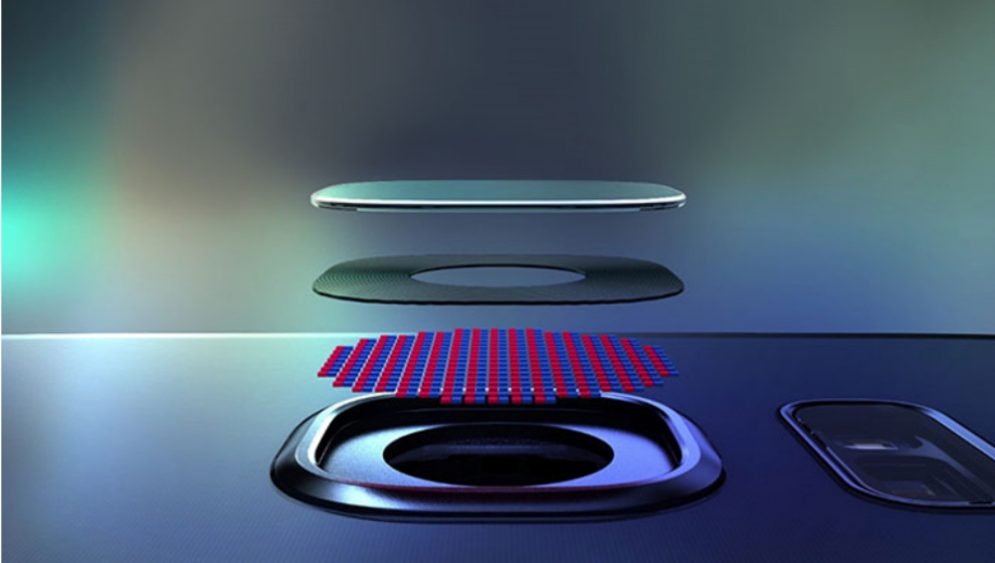
Smartphone camera technologies are advancing day by day, to the extent at which if you have a smartphone, you’re able to capture pictures and videos comparable to that of professionals.
In 2016, Samsung raised the smartphone camera function to a new level by installing the industry’s first dual pixel in the Galaxy S7. At that time, the dual pixel was an image sensor only seen in high-end digital single-lens reflex (DSLR) cameras. By increasing the amount of light received by both the front and rear cameras, the Galaxy S7 was able to focus quickly and accurately, as well as take optimal photos in dark environments.
Samsung then combined an Ultra-Wide angle lens and intelligent SW in the Galaxy S10 to help users take even sharper pictures. The Galaxy S20 features a remarkable four quad cameras, raising the level of camera functionality once again. In particular, the optical zoom performance has been greatly improved; Galaxy S20 Ultra users can harness the Space Zoom function to zoom in up to 100 times, allowing them to take clear pictures of the night sky.
#7. 2018
One UI: Making My Own Galaxy
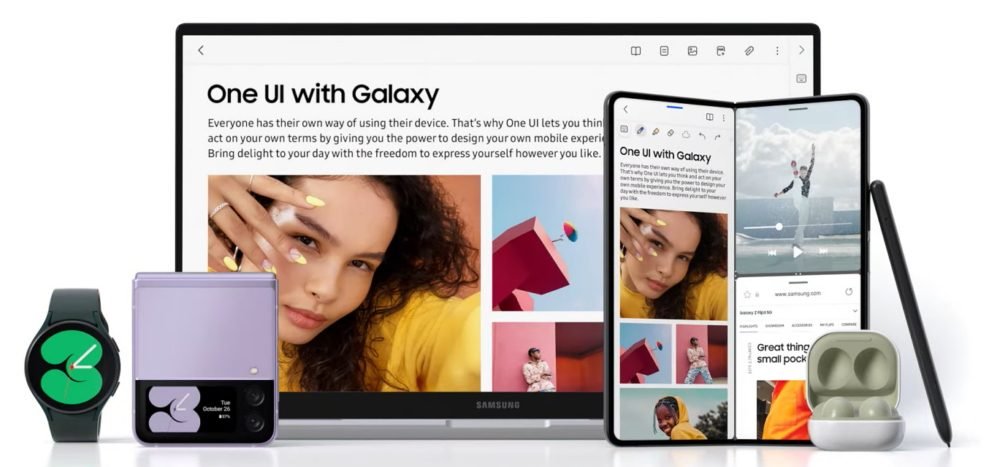
One UI is an interface that supports the unique user experience of Samsung Galaxy, and was first introduced in November 2018.
By dividing the viewing area and the touching area, the layout of One UI allows users to comfortably perform all operations with just one hand, and all necessary essential functions are included concisely on-screen so that everyone and anyone is able to use it easily. One UI is also characterized by a unified user experience as it has been applied consistently to devices across the Galaxy ecosystem, including smartphones, tablets and wearables.
One UI 4, updated last year, harnesses a completely different color palette with which to decorate a device’s home screen, icons, notifications and wallpapers in your own style. In addition, One UI 4 features strengthened security features, such as allowing users to easily select what to share and what to keep private in order to keep up with users who increasingly value their individuality and their privacy.
#8. 2019
Galaxy Z Series: The Dawn of the Era of Foldable Smartphones

In 2019, Samsung pioneered the field of foldable smartphones by unveiling the world’s first Galaxy Z Fold, equipped with a 7.3-inch Infinity Flex Display.
Samsung’s newly developed hinge technology makes it possible to open and close the smartphone as smoothly as one opens a book, and offers users secure, long-lasting flexibility that passed a test to withstand 200,000 folds. In 2020, the company’s foldable lineup was expanding to include the Galaxy Z Flip, which features a compact design as the screen unfolds vertically.
Samsung not only pioneered a new form factor, but also new usability options through such functions as Flex mode, which allows for more usage scenarios by fixing the hinge at a specific angle, and Multi-Active Window, which can open and run apps at the same time with applications optimized for the foldable screen for a split screen view.
Last year, Samsung expanded their foldable lineup with the Galaxy Z Fold3, which saw the inclusion of an S Pen and waterproof and dustproof technology, and the colorful, pastel-toned Galaxy Z Flip3 Bespoke Edition, leading the era of foldable popularization.
#9. 2021
An AI-Powered Eraser: Removing Unwanted Objects From Photos
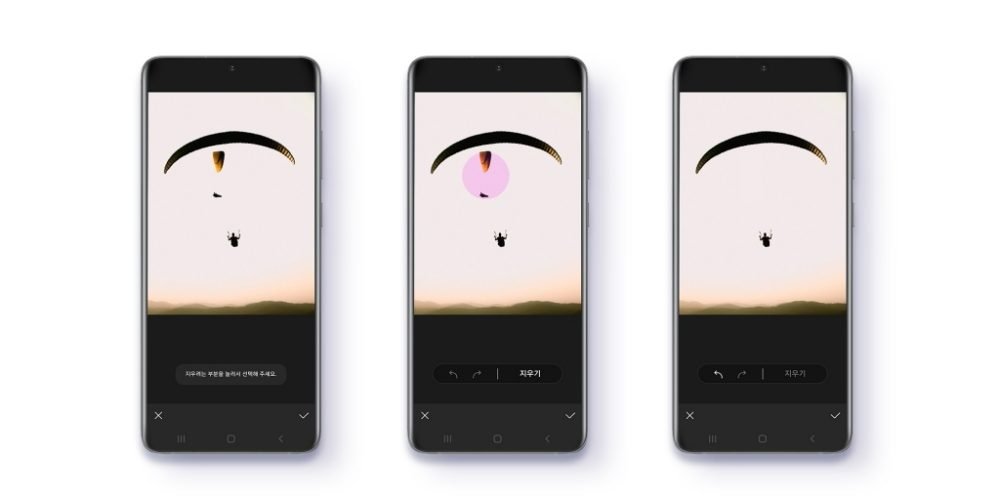
As part of Samsung’s mission to expand the application of innovative AI technologies to all smartphones, the company introduced the Object Eraser feature that lets you remove any unwanted objects in your photos with just a touch.
The Object Eraser function, first introduced in the Galaxy S21 in 2021, is a photo editing tool that harnesses artificial intelligence. Simply by touching the object you want to remove from a photo and tapping the ‘object erase’ button, the object is deleted without the need for a separate editing program. Currently, this function is available on smartphones with One UI 3.1 or higher, such as the Galaxy S20 and Galaxy Z Fold3.
Samsung first applied its AI-powered interface, Bixby, to the Galaxy S8 in 2017, and now users can control their major Galaxy devices using only their voice. In addition, Samsung has been incorporating AI technologies into its device OS, battery and camera in order to improve performance and convenience.
#10. 2021
Galaxy for the Planet: For a Sustainable Future

Samsung is fully committed to minimizing the environmental impact of its products throughout the entire lifecycle of its smartphones, from the design to the production stage through to their usage and disposal, in order to ensure that Galaxy smartphones contribute to greater environmental sustainability. Under the sustainability vision of its Mobile eXperience (MX) Business, “Galaxy for the Planet,” Samsung is consistently working to achieve a circular economy by reusing and recycling resources in order to build a better Galaxy ecosystem.
One such effort towards sustainability is a reduction of plastic usage in smartphone packaging. The percentage of plastics used in the Galaxy S21 packaging accounts for a mere 4 percent of the total weight, cutting down the waste generated per packaging unit by 49 percent as compared with that of the Galaxy S7. In addition, the Galaxy S21 packaging contains only 58 percent of the paper used in that of the Galaxy S7, helping save some 44,802 trees a year. Samsung plans to exclude plastic materials in its product packaging and apply recycled materials to all of its products in the MX division by 2025.
The products set to be unveiled at Galaxy Unpacked 2022 are drawing attention thanks to the revelation that they have been designed using eco-conscious materials recycled from marine waste. Samsung has succeeded in transforming discarded fishing nets, a major contributor to marine pollution, into a material with which to produce smart devices, and the company plans to apply this material to all its products in the future.






![[Video] Unfolding What’s Next: Unboxing Galaxy Z TriFold](https://stuffmotion.com/wp-content/uploads/2025/12/Samsung-Mobile-Galaxy-Z-TriFold-Unboxing-Video_thumb932-218x150.jpg)




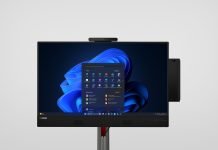







![[CES 2026] Quest For Perfect Color…Samsung To Push Boundaries of TV at The First Look](https://stuffmotion.com/wp-content/uploads/2025/12/Samsung-TVs-and-Displays-CES-2026-The-First-Look-Push-Boundaries-of-TV_Thumb728-218x150.jpg)













